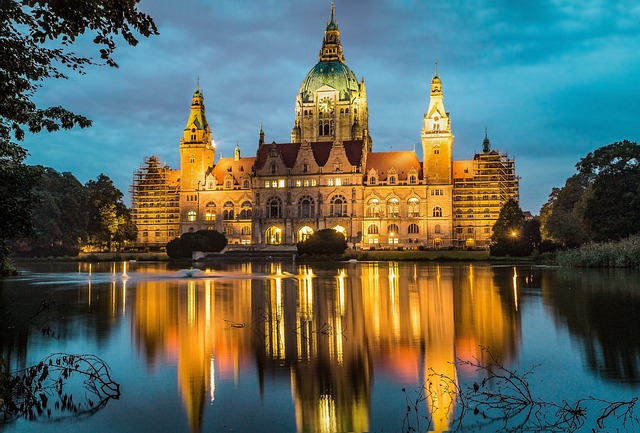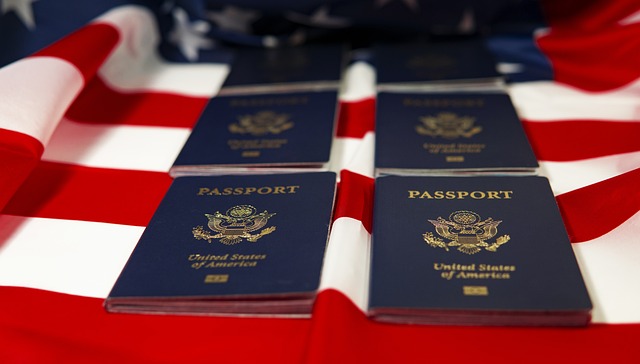Asylum and Refugee Status in the UK: A Comprehensive Guide

The United Kingdom has a long history of providing refuge to individuals fleeing persecution, war, and violence. The UK’s asylum system is designed to offer protection to those in need, ensuring that they can live safely and securely. This article provides a detailed overview of the asylum and refugee process in the UK, including eligibility criteria, application procedures, rights, and challenges.
1. Overview of Asylum and Refugee Status in the UK
Asylum and refugee status are forms of international protection granted to individuals who cannot return to their home country due to a well-founded fear of persecution. The UK is a signatory to the 1951 Geneva Refugee Convention and its 1967 Protocol, which define the rights of refugees and the obligations of states to protect them.
In the UK, the asylum process is governed by the Immigration Rules and administered by the Home Office. The process involves several stages, from initial application to final decision, and can be complex and lengthy.
2. Eligibility Criteria for Asylum and Refugee Status
To qualify for asylum or refugee status in the UK, applicants must meet specific criteria:
a. Refugee Status
Refugee status is granted to individuals who face persecution in their home country due to:
- Race
- Religion
- Nationality
- Political opinion
- Membership in a particular social group
b. Humanitarian Protection
Humanitarian protection is granted to individuals who do not qualify as refugees but face a real risk of serious harm if returned to their home country. This includes:
- Torture or inhumane treatment
- Threats to life or safety due to armed conflict
c. Discretionary Leave to Remain
In some cases, individuals may be granted discretionary leave to remain if they do not qualify for refugee status or humanitarian protection but have compelling reasons to stay in the UK.
3. The Asylum Application Process
The asylum process in the UK involves several steps, from arrival to the final decision. Below is an overview of the process:
a. Arrival and Registration
Upon arrival in the UK, asylum seekers must register with the authorities. This typically occurs at a screening interview, where basic information is collected, and fingerprints and photographs are taken.
b. Asylum Application
Asylum seekers must formally apply for asylum by completing an application form and providing detailed information about their circumstances.
- Interview: Asylum seekers are interviewed to provide details about their identity, background, and reasons for seeking asylum.
- Documentation: Applicants must submit any available documents to support their claim, such as passports, birth certificates, or evidence of persecution.
c. Decision
The Home Office reviews the application and makes a decision based on the individual’s circumstances. The possible outcomes are:
- Refugee Status: Granted for 5 years, with the possibility of indefinite leave to remain afterward.
- Humanitarian Protection: Granted for 5 years, with the possibility of indefinite leave to remain afterward.
- Discretionary Leave to Remain: Granted for a shorter period, typically 30 months, with the possibility of extension.
- Rejection: If the application is rejected, the applicant may be required to leave the UK.
d. Appeal
If the application is rejected, asylum seekers have the right to appeal the decision within a specified period. The appeal is reviewed by an immigration tribunal.
4. Rights and Benefits for Asylum Seekers and Refugees
While their applications are being processed, asylum seekers and refugees in the UK are entitled to certain rights and benefits:
a. Accommodation
Asylum seekers are provided with accommodation if they cannot afford their own. This is typically in the form of shared housing or hostels.
b. Financial Support
Asylum seekers receive financial assistance to cover basic needs, such as food, clothing, and personal items. The amount varies depending on individual circumstances.
c. Healthcare
Asylum seekers have access to free healthcare through the National Health Service (NHS).
d. Education
Children of asylum seekers have the right to attend school. Adults may also have access to language courses and vocational training.
e. Work Permit
Asylum seekers are generally not allowed to work while their application is being processed. However, they may apply for permission to work if their application has been pending for more than 12 months.
5. Challenges and Criticisms
While the UK’s asylum system is comprehensive, it faces several challenges:
- Backlogs: The high number of asylum applications has led to processing delays and backlogs.
- Integration: Integrating refugees into British society, including language acquisition and employment, remains a significant challenge.
- Public Opinion: The influx of refugees has sparked debates about immigration policies and social cohesion.
6. Recent Developments and Policy Changes
The UK has implemented several reforms to improve its asylum system, including:
- New Plan for Immigration: Introduced in 2021, this plan aims to streamline the asylum process and deter illegal immigration.
- Resettlement Programs: The UK has committed to resettling refugees through programs like the UK Resettlement Scheme and the Afghan Citizens Resettlement Scheme.
7. Tips for Asylum Seekers
- Seek Legal Advice: Consulting an immigration lawyer or refugee support organization can help you navigate the asylum process.
- Prepare Thoroughly: Gather all relevant documents and be prepared to provide detailed information during your interview.
- Learn English: Acquiring language skills can improve your integration prospects and access to services.
- Stay Informed: Keep up-to-date with changes in asylum laws and policies.




